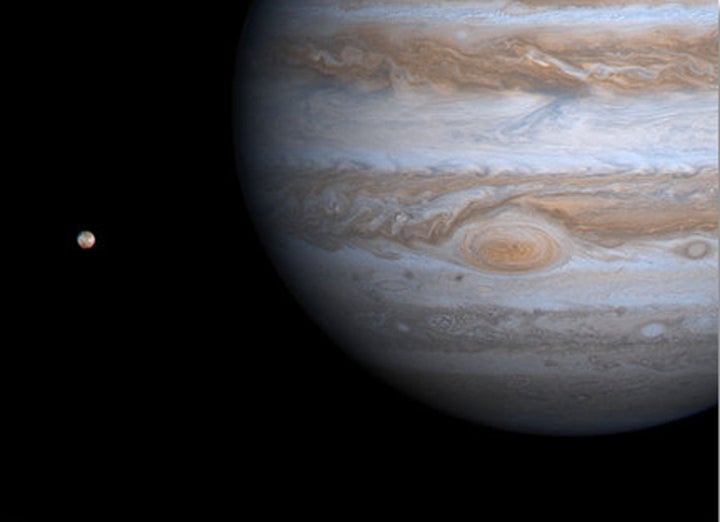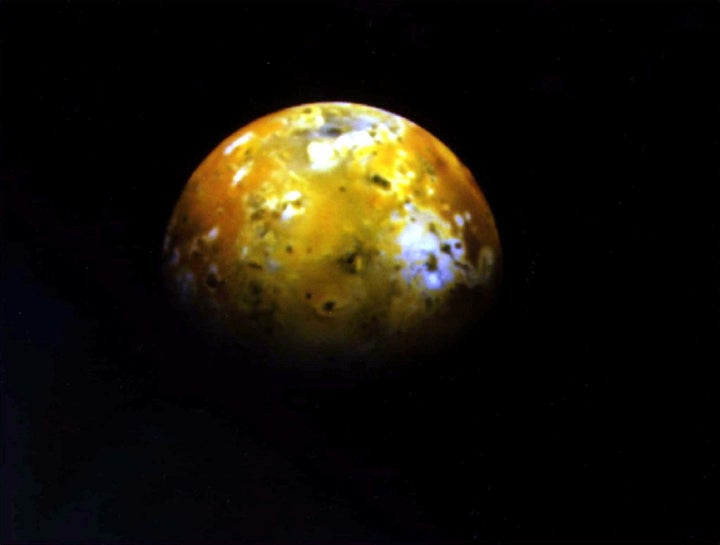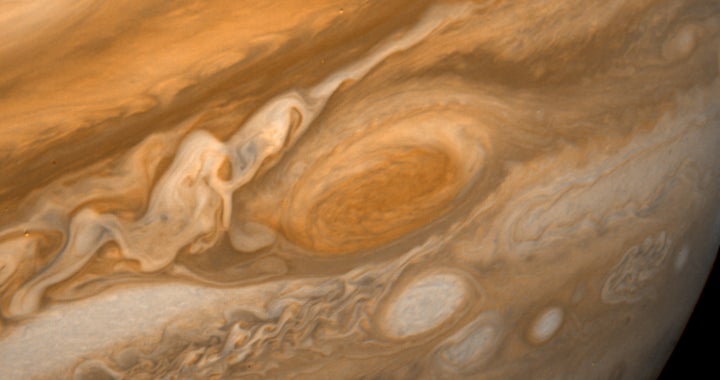Jupiter is absolutely vast. It’s so big in fact that we’ve only just scratched the surface of what we know about this gas giant.
As a case in point, astronomers have just discovered 12 brand-new moons orbiting the planet that previously we had no idea existed. What’s perhaps even more surprising is that it comes 400-years after Jupiter’s first moon was discovered by Galileo.
The latest discovery brings the total to a dizzying 79, the most of any planet in our solar system.

Scientists were looking for objects on the fringes of the solar system last year when they pointed their telescopes close to Jupiter’s backyard, according to Scott Sheppard of the Carnegie Institute for Science in Washington.
They saw a new group of objects moving around the giant gas planet but did not know whether they were moons or asteroids passing near Jupiter.
“There was no eureka moment,” said Mr Sheppard, who led the team of astronomers.
“It took a year to figure out what these objects were.”
They all turned out to be moons of Jupiter.
Many of Jupiter’s moons were created when the gas giant first came into existence. In those early days it would suck up everything around it.
Anything that didn’t get pulled into the planet would eventually become a moon, passing around the gas giant like its very own mini solar system.
Galileo detected Jupiter’s four largest moons, Io, Europa, Ganymede and Callisto in 1610.

The latest count of 79 known planets includes eight that have not been seen for several years.
Saturn is next with 61, followed by Uranus with 27 and Neptune with 14. Mars has two, Earth has one and Mercury and Venus have none.
Some surprising facts about Jupiter
One of the reasons we’re still discovering new things about this planet is because of its sheer size. Jupiter is 300 times more massive than Earth. In fact the Great Red Spot, a vast storm that has been raging on the planet is twice as wide as our own planet.

As a result of its almost dizzying size, Jupiter’s magnetic field is 20,000 times stronger than Earth’s.
That’s powerful enough to be absolutely lethal to humans thanks to the huge belts of radiation that surround the planet. Its so strong in fact that any spacecraft NASA sends there instantly starts to break down.
Jupiter’s storms last for hundreds of years, while their ferocity means that wind speeds can reach up to 400mph, twice that of a category five hurricane on Earth.
